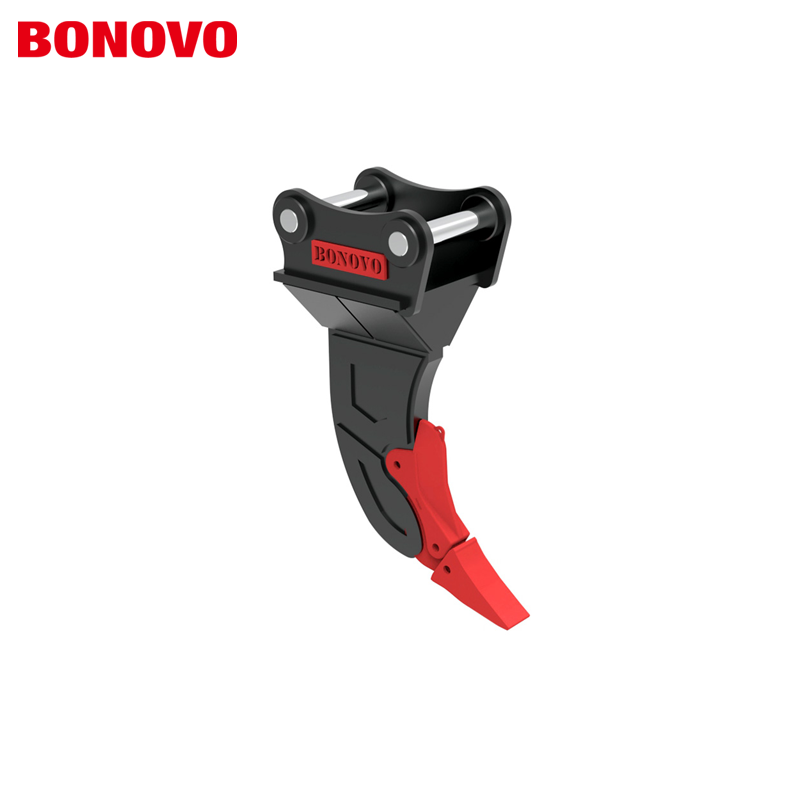
Excavator Swing Motor Assembly Guide
When assembling the excavator swing motor, it is very important to strictly follow the correct steps and precautions. This is not only related to the stable operation of the motor in the future, but also affects the overall working efficiency of the excavator. The following is a detailed introduction to the specific assembly process and key points.
1. Pre-assembly precautions
1. Parts inspection and replacement: If there are obvious scratches on the appearance of the parts, they must be replaced for safety and performance reasons.
2. Parts cleaning: All parts must be fully cleaned with cleaning oil, and then compressed gas is used to thoroughly remove residual oil and dirt to ensure that the parts are clean and free of impurities.
3. Sliding parts processing: For sliding parts, clean hydraulic oil must be evenly applied before assembly to ensure smoothness during operation.
4. Sealing parts replacement: For sealing parts such as O-rings and oil seals, in principle, they should be replaced every time they are assembled to ensure good sealing performance and prevent hydraulic oil leakage.
5. Bolt tightening: When tightening the bolts and plugs at various parts, be sure to use a torque wrench and operate strictly in accordance with the specified torque to ensure the stability of the connection.
2. Specific assembly steps
1. Preparation: Place the motor housing horizontally on the workbench, and use sleepers to carefully level it to ensure that the housing is in a stable state.
2. Drive shaft installation: Carefully install the drive shaft into the housing, and then use circlip pliers to accurately install the circlip on the drive shaft. The circlip must be installed firmly in place.
3. Installation of swash plate, piston and cylinder body: Install the swash plate, piston and cylinder body in sequence. When installing the cylinder body, apply a proper amount of butter on its joint surface, which will help prevent the cylinder body from accidentally falling off during installation. When installing the piston assembly, special attention must be paid to its spline fit with the drive shaft to ensure that the two fit tightly.
4. Installation of friction plate and isolation plate: Place the housing vertically on the workbench, and also use sleepers to level it, so that the oil seal side faces down. Install them into the housing in the order of isolation plate first and friction plate later. After installation, be sure to carefully confirm whether they are installed in place to avoid looseness or misalignment.
5. Brake piston installation: First install the O-ring into the housing, and after confirming that it is installed correctly, install the brake piston. During this process, it is recommended to use a shock-absorbing hammer to gently tap the brake piston to install it in place. It should be noted that when installing the O-ring, apply butter, which can effectively prevent the O-ring from being scratched when installing the brake piston.
6. Brake spring installation: Install the brake spring on the brake piston. To prevent the spring from tipping over when installing the valve body, apply butter to the end of the spring to ensure that the spring is installed firmly.
7. Valve body parts installation: Install the O-ring and the distribution plate on the valve body. Applying butter when installing the O-ring can prevent scratches when installing the valve body; when installing the distribution plate, applying butter on the contact surface between it and the valve body can not only prevent the distribution plate from falling, but also effectively improve the installation efficiency.
8. Valve body installation and tightening: Align the pre-made mark during disassembly, accurately install the valve body on the housing, and then use 14mm hexagon socket bolts to tighten to ensure that the valve body and the housing are firmly connected.
9. Valve body parts installation: Install the check valve and spring into the valve body in sequence, and then use a 17mm hexagonal wrench to firmly tighten the plug with the O-ring installed to the valve body.
10. Overflow valve installation: Use a 34mm hexagonal wrench to accurately install the overflow valve on the valve body to ensure that the installation position is accurate.
11. Reverse valve body installation: Use a hexagonal wrench to install the reverse valve body on the valve body. Pay attention to the strength and angle during the installation process to ensure that it is installed in place.
12. Anti-reverse valve installation: Finally, use a plum wrench to install the anti-reverse valve on the anti-reverse rotation valve body to complete the assembly of the entire excavator rotary motor.
keywords:Mini crawler excavator,Mini crawler excavator attachments,Excavator attachments,Crawler excavator,Mini excavator purchase
Choose BONOVO for high-quality, customizable brush cutters for skid steers with fast delivery. Contact us today to discover how our superior products can enhance your land management tasks!

 Hot News
Hot News2024-09-18
2024-09-18
2024-07-03
2024-03-08
2024-03-08
2024-03-08